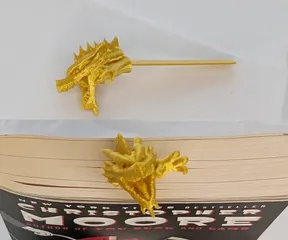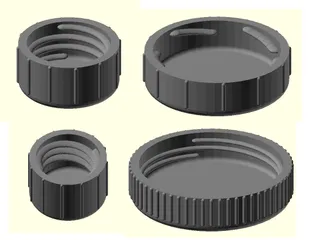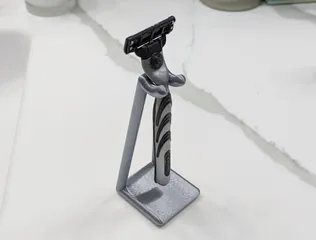Vase Generator (with examples)
SCAD code to generate vases of various shapes and configurations
In the contest Vase Mode Vases
36
370
4
2618
updated January 25, 2023
Description
PDFThe code allows you to choose from 5 cross-sections, combined with 3 profiles. In addition, there are variables to control the size of the vase, the number of lobes or sides, and the amount of twist.
Ten example STLs are included.
To execute the SCAD code, you'll need the following libraries:
Execution is fairly fast, and the output is a nice, clean mesh, suitable for slicing.
The pictured vase was printed in PLA using a 0.4mm nozzle, 0.2mm layer height and 1.0mm extrusion width. This resulted in a study vase with good layer adhesion (the vase shown contains water).
Tags
Model origin
The author marked this model as their own original creation.




